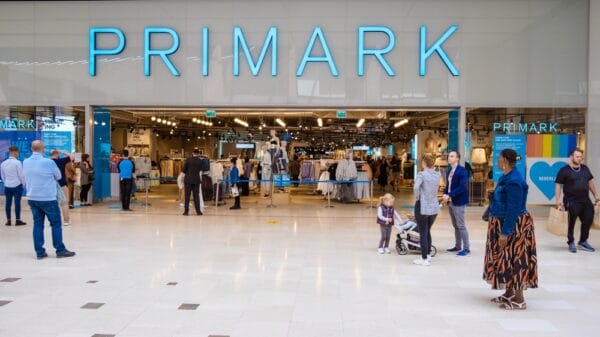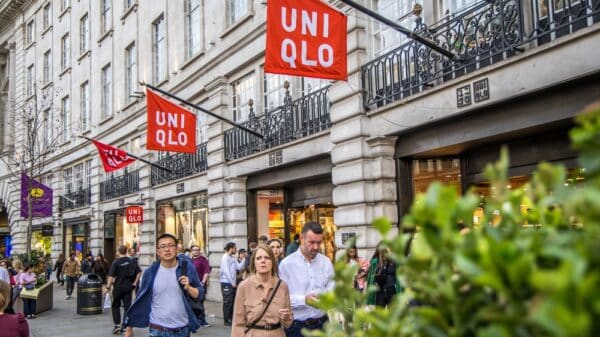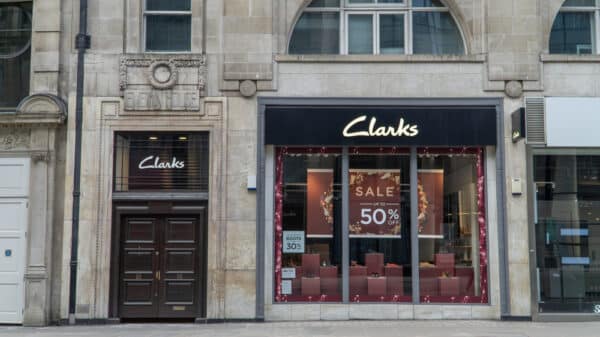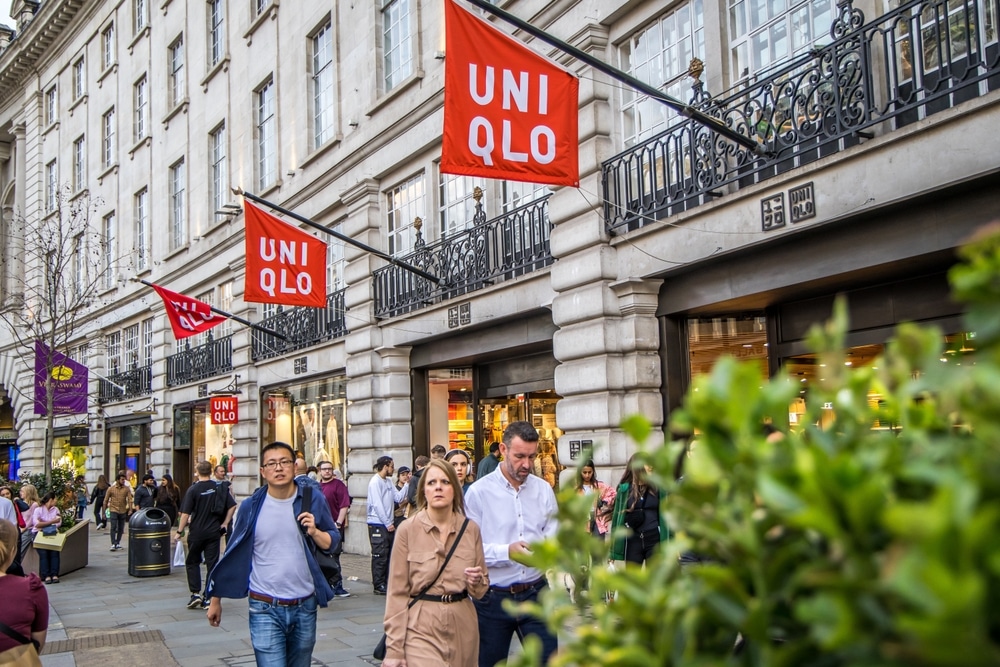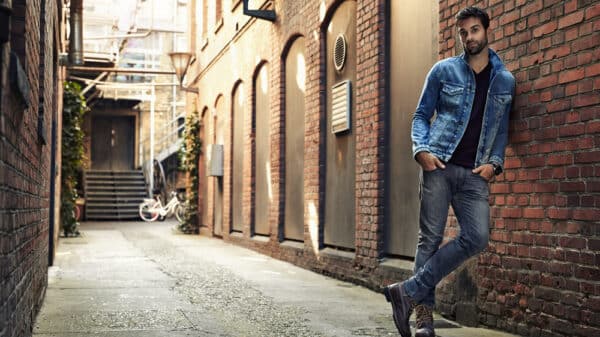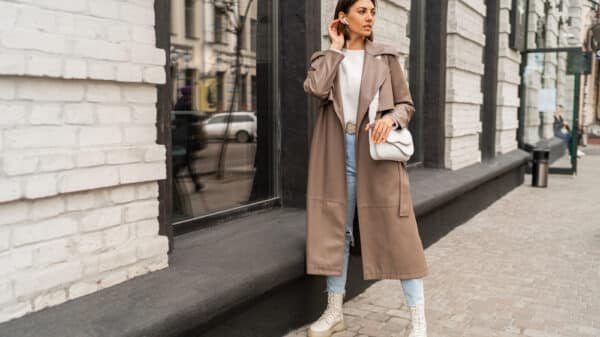Uniqlo has recently faced a dip in profits in its latest quarterly report, reflecting an intriguing shift in consumer behavior. The Japanese fashion powerhouse, known for its stylish yet functional apparel, reported a 9.7% decrease in profits, amounting to £530 million (¥105.5 billion) for the three months ending in May. Despite this downturn, the brand experienced a 7.7% increase in sales, totaling ¥826 billion. This seemingly contradictory outcome sheds light on the complexities of the current fashion market and consumer preferences.
Even though profits dipped, Uniqlo remains optimistic, projecting that it will achieve its highest performing year yet. The parent company, Fast Retailing, forecasts net profits will rise to £2.06 billion (¥410 billion), a promising 10% increase over the previous fiscal year. This optimism is bolstered by a notable trend; consumers are buying summer outfits earlier than ever, driven by unusually early heatwaves across Europe, the U.S., and Asia.
In a move to adapt to these changing market dynamics, Uniqlo is holding larger inventories of year-round clothing. They are also focusing on developing specialized lines that incorporate cooling fabrics and lightweight garments designed not only for comfort but also to provide UV protection. This pivot speaks to a broader trend where consumers are gravitating towards lighter, more breathable clothing options as they seek relief from sweltering temperatures.
Takeshi Okazaki, the CFO of Fast Retailing, elaborated on this evolving demand during an earnings call, stating, “Demand for summer items is rapidly increasing—core T-shirts, UV-related products, bra tops, AIRism inner layers. The need for layering items has become quite high. This trend seems to be global.” This acknowledgment from leadership highlights a dynamic shift in the way people dress for both comfort and climate adaptation.
Earlier this year, Fast Retailing raised its profit forecast for the third consecutive year, encouraged by robust sales in both Japan and other key international markets. Yet, challenges remain, particularly in China, which continues to be one of the most critical but complex markets for retailers. The brand is working diligently to navigate these hurdles while remaining responsive to shifting consumer needs.
In a world where climate patterns are changing, and consumer habits are evolving, Uniqlo is not just responding but also anticipating the needs of its shoppers. It’s about understanding that every item of clothing is more than just fabric—it’s about comfort, protection, and adaptability. As seasons blur and temperatures fluctuate, retailers who pay attention and adapt accordingly will continue to foster trust and loyalty among their customers, proving that they truly understand their lives and needs.
Image Source: Mareks Perkons / Shutterstock








